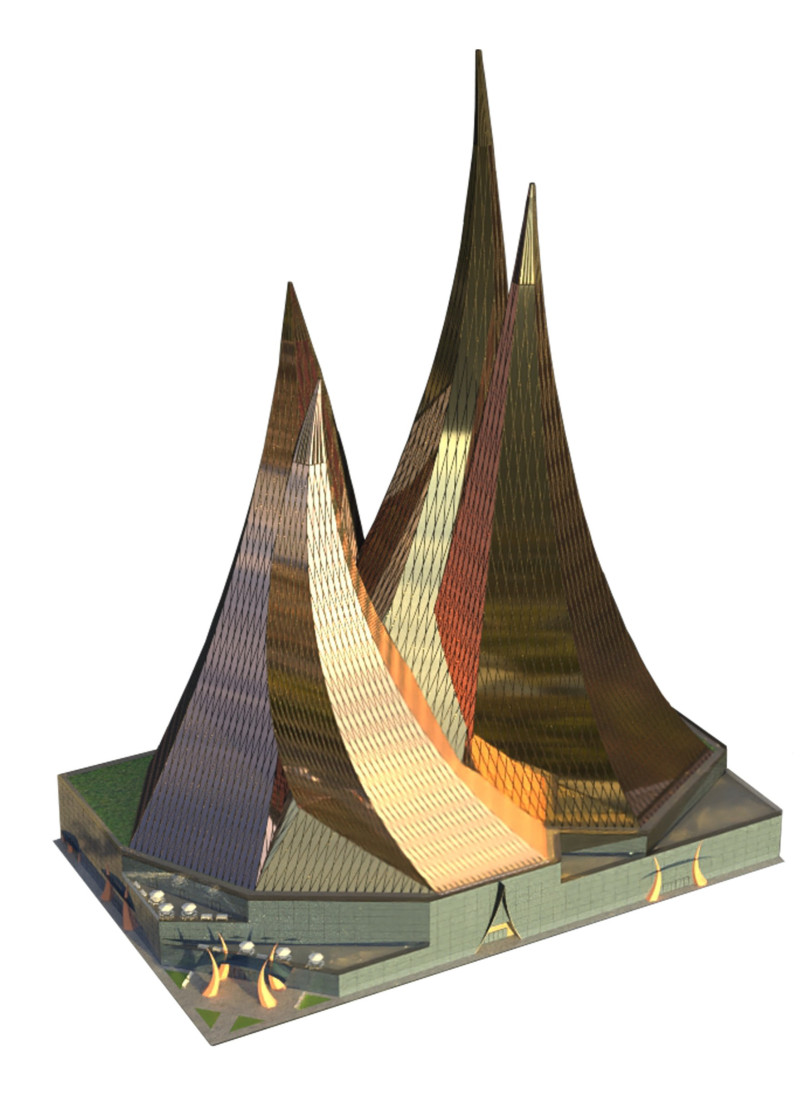5 key facts about this project
Kahuna Towers is a mixed-use development situated in an urban environment, designed to combine retail and office spaces in a cohesive manner. The project focuses on maximizing interior areas while creating a sense of community. The overall design concept centers around flexibility and user engagement, making the towers more than just physical structures.
Structural Innovation
The design employs a Diagrid structural system, which removes the need for internal columns. This allows for greater use of space and adaptability for future changes. The open layout creates a feeling of spaciousness throughout the building, fostering interactions among people inside.
Integration of Outdoor Spaces
Retail levels include open-air balconies that connect the indoors to the outdoors. These balconies offer patrons places to relax and enjoy views of the surrounding city. This aspect of the design encourages social connections and enhances the experience of being in an urban setting.
Sustainable Design Elements
Kahuna Towers reflects a commitment to sustainability with the inclusion of wind turbines on the upper maintenance floors. The facade features vertically slitted openings designed to capture high-altitude winds and generate renewable energy. These elements not only contribute to reduced energy consumption but also highlight a modern approach to ecological responsibility.
User-Centric Planning
The project offers dedicated office entrances and reception areas that help separate public and private functions. Inside, the office layouts provide alternating desk arrangements, ensuring privacy while promoting collaboration. This design caters to the different needs of occupants, creating an environment conducive to productivity.
The prominent wind turbines on the upper levels serve both a functional and visual role, representing the project's focus on sustainability. As they catch the wind, the slitted openings enhance the facade, making a subtle statement about the building's design commitment to energy efficiency.
























































